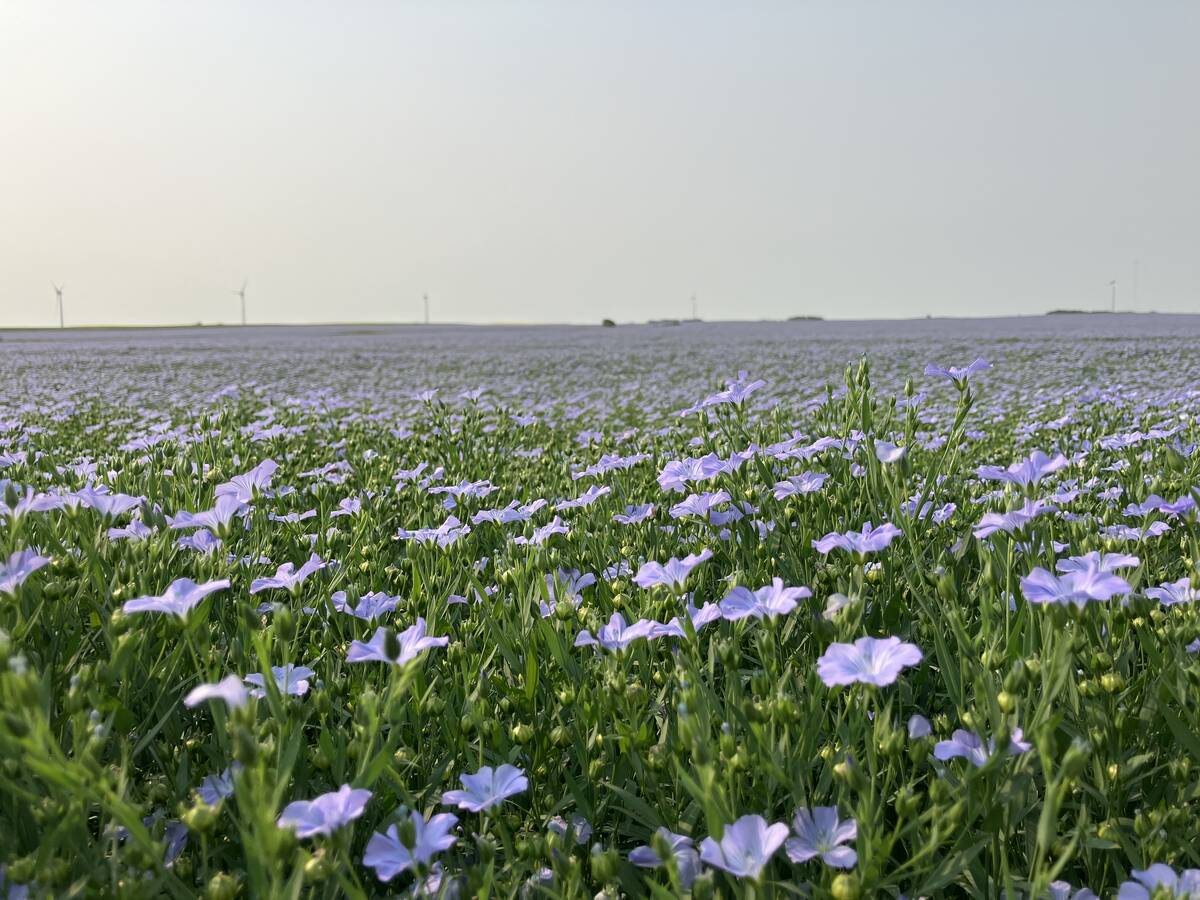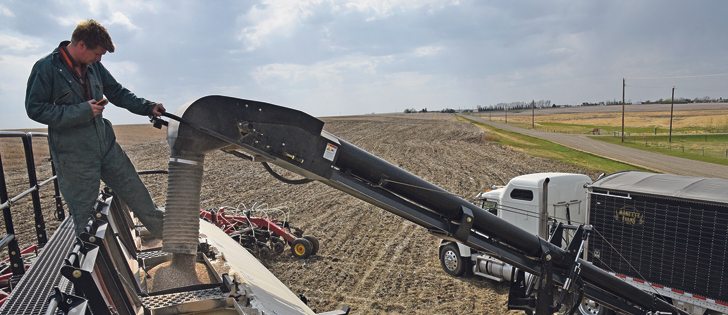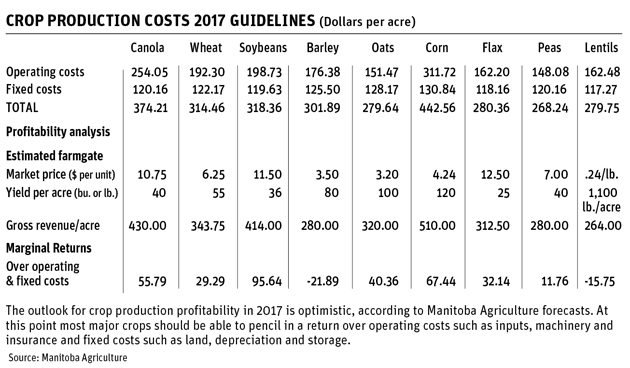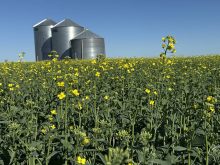ST. JEAN BAPTISTE, Man. — It looks like Manitoba farmers will likely make money on most of what they grow this year.
And while anything could happen with crop prices and yields, the current outlook for revenue exceeding operating and fixed costs for many crops is a lot better than at the same time in other recent years.
“I don’t think things look quite as bad this coming year … as a year ago,” Manitoba Agriculture farm management specialist Roy Arnott said in a presentation at St. Jean Farm Days.
Read Also

Huge Black Sea flax crop to provide stiff competition
Russia and Kazakhstan harvested huge flax crops and will be providing stiff competition in China and the EU.
The situation looks especially sweet in the Red River Valley, which sees its mainstay crops topping the likely profitable rankings for Manitoba. Navy beans, soybeans, confectionary sunflowers, winter wheat and corn are the top five Manitoba returners and dominant crops in the valley.
The situation isn’t as good for western Manitoba, with barley being one of the worst-returning crops and wheat falling into the bottom half of the list.
Canola and oats fall sixth and seventh on the list and close to the likely profitability of corn, winter wheat and confectionary sunflowers.
Manitoba Agriculture’s farm management specialists produce these numbers every year at this time. They are based on many assumptions regarding operating and fixed costs, yields and price. Any of those could change substantially in coming months, but with present expectations, this is what the farm management team believes farmers can most reasonably assume.
Arnott was happy to see break-even yields at levels that shouldn’t challenge farmers outside of crop disasters. The average Manitoba farmer needs to harvest 35 bushels per acre of canola, 50 of wheat, 28 of soybeans and 104 of corn in order to cover both operating and fixed costs.
“Those are all achievable, obtainable yields,” said Arnott.
The profitability ranking provides bad news for former popular valley crops such as flax and canaryseed, while hemp also sits low on the list.
The biggest losers in the forecast are barley, buckwheat and lentils, which will probably fail to cover total costs. However none of those crops provide a large share of most Manitoba farmers’ income.
The analysis and electronic work sheets are available online on the Manitoba Agriculture website, allowing farmers to customize many of the internal assumptions of the calculations.
An element of the analysis that Arnott stressed was measures of risk that allow farmers to consider more than just overall costs or returns for crops.
It contains estimates of likely yield over break-even yield, AgriInsurance coverage over operating cost and a sensitivity analysis of what happens if prices drop 10 percent and yields drop five percent from assumptions.
Arnott said these measures should help farmers understand the varying levels of risk with different crops.
For instance, oat gross revenues per acre are much lower than that for corn, but corn is an extremely expensive crop to grow.
Corn’s likely profitability needs to be compared to its cost risk and insurance coverage in order to be able to properly compare it to crops such as oats.
For more information visit the Manitoba Agriculture website here.



















